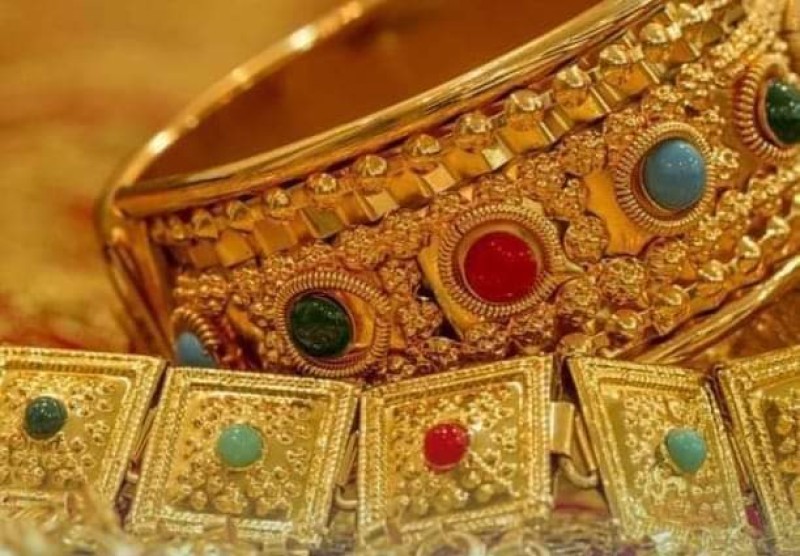Rams Road: Five thousand religious ceremonies

About five thousand years ago, the kings of ancient Egypt began building a road linking the sites of the Luxor and Karnak temples, which had not yet been built, as the land of Karnak was considered a sacred land, and it seems that a form of worship of the god Amun Karnak was taken as a place for it before the unification of the country, so the Egyptians built a road of rams to follow the sacred processions of the kings and gods in the celebrations of the Eid Eubet or the festival of the Ibt every year. Their holy boats in a large ceremonial procession.
The ancient Egyptian called this road, which is about 2700 meters long and 76 meters wide, the name "Wat Nathr" or "WAt-nTr", meaning the path of the god. As for the road of rams in the temples of Karnak, it was known as "Ta- Mitt-Rahanat, which means the way of rams, and the road consists of a sandstone pavement lined with statues in the form of a sphinx with a ram's head, which number 1200 statues.
The statues of rams were carved from a single block of sandstone, with a cornice inscribed with the king's name, title and praise, on a stone base consisting of 4 courses of stone used due to the presence of some inscriptions and they may be held in two forms: First: They take the form of the body of a lion and the head of a human being The second (Sphinx): It takes the shape of the body of a ram and the head of a ram, surrounded by basins of flowers and streams of water for irrigation, and in the middle of it is a rectangular floor, with dimensions of 120 by 230 centimeters of sandstone to facilitate walking on it, and between each statue and statue a gap of four meters.
Work on the construction of the Rams Road began during the reign of King Amenhotep III, the ninth king of the Eighteenth Dynasty, and even one of the greatest rulers of Egypt throughout history, and he ruled Egypt during the period between 1391 and 1353 BC, meaning that he ruled for nearly 38 years, as if He contributed to the construction of many temples in Karnak, especially the temple of the god "Montu", the god of war, and another temple of the gods. The death of the wife of the god Amun Ra, before he began building the Luxor temple, and for 1000 years, work continued on the way of the rams, until King Nekhtenebo. The first, founder of the Thirty Dynasty, who ruled 18 years during the period between 380 and 362 B.C., with the honor of completing it, was a wonderful builder and restorer, to an extent Egypt had not seen it in centuries.
As for the real reason for choosing the rams, they were chosen for religious reasons. The ram in the Egyptian civilization is a symbol of the god Khnum or Gnum, a god who was depicted in the form of a ram, one of the main deities in the ancient Egyptian religion, and according to the ancient Egyptian belief, he was carrying out the process of physical creation of man. From the silt of the Nile on the potter's wheel, for a thousand years the Egyptian architect added many accessories to the Ram Road, so the road had many breaks for boats, in addition to a Nile scale, and a press of wine used in the major celebrations, which were held on the road, on top of which are the feasts of Abt , Beautiful Valley Festival, and other feasts, as well as a group of baths and ablution basins, a pottery manufacturing area, and storerooms for storing wine vessels
Al Aqmar Mosque, the most beautiful mosques in Al Mahrousa .























